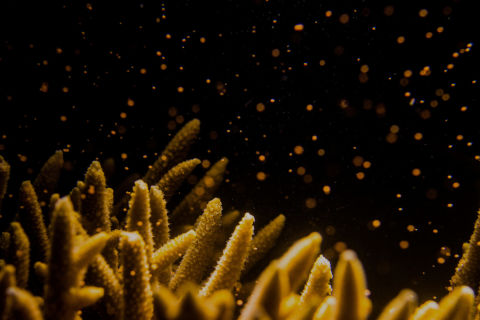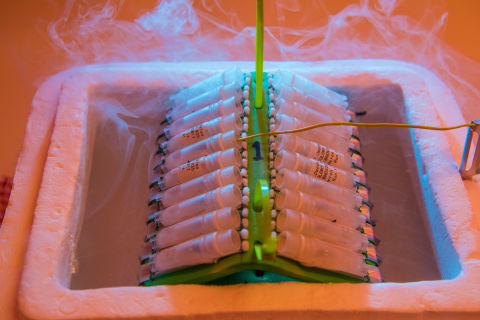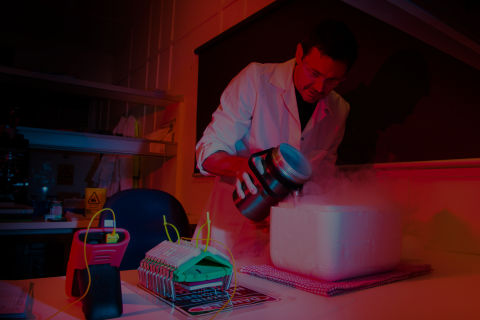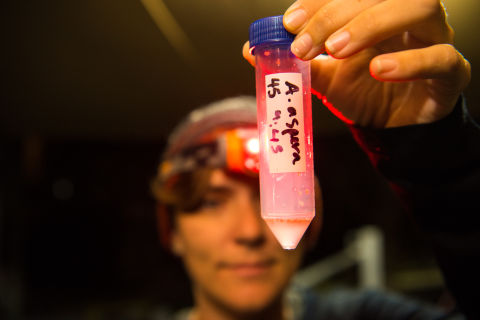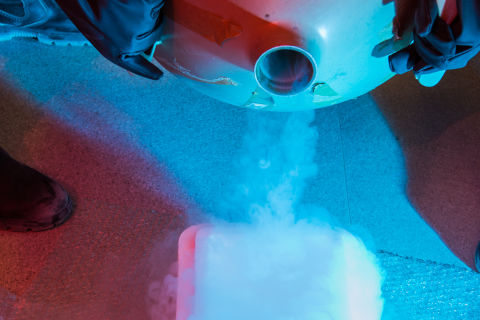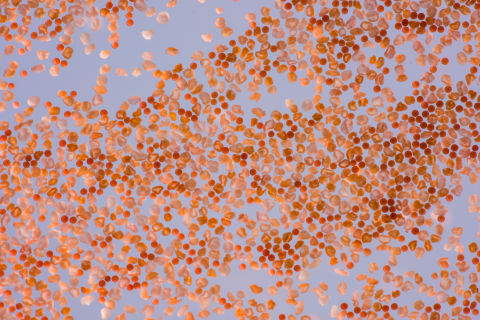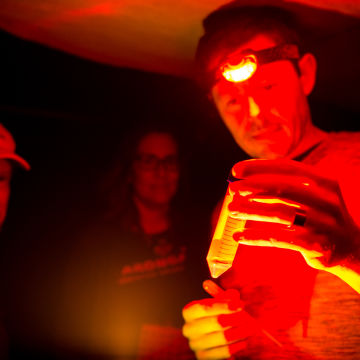Media Release ·
Freezing the Reef:
Reproduction research a new hope for tough breed of coral
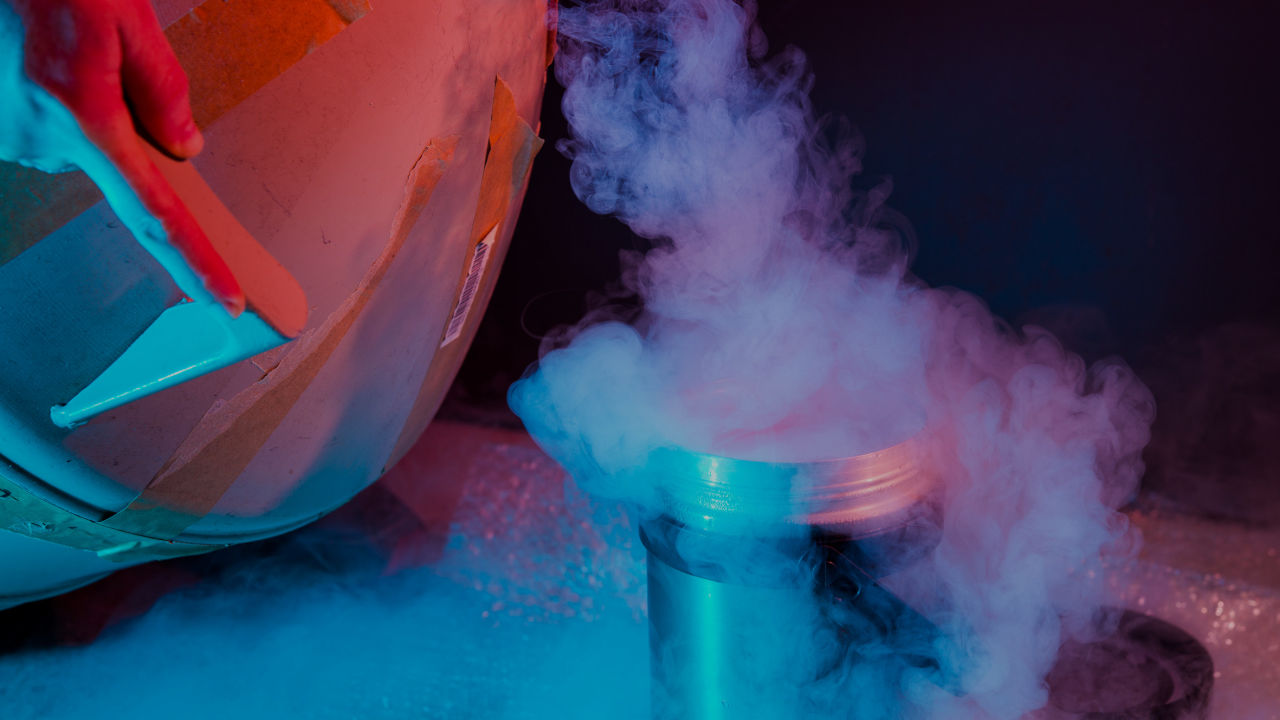
Since 2016, GBRF has funded the Reef Recovery program to cryopreserve the Reef, bringing together Taronga Conservation Society Australia, the Australian Institute of Marine Science and the Smithsonian Institute to create the largest bio-bank of frozen corals in the world
Scientists are using 2018's mass coral spawning to create more deposits in this unique bank.
Media release
Reproduction research a new hope for tough breed of coral
Researchers visiting the Australian Institute of Marine Science will be at the centre of the action when coral spawning - one of the world’s greatest underwater wonders - kicks off this week.
More than 18 different coral species are set to release tiny bundles of hope for future reefs, in the National Sea Simulator at AIMS near Townsville.
AIMS’ marine geneticist Professor Madeleine van Oppen said research being undertaken at AIMS this week was part of a Reef Recovery program which involves freezing and banking coral sperm, in a bid to safeguard at-risk species and their genetic diversity.
Prof van Oppen said the National Sea Simulator was the only research facility of its kind in the world to replicate in-situ spawning conditions in an experimental setting.
“Researchers travel from all over the world to work in the SeaSim and during the Great Barrier Reef coral spawning season it is always busy,” she said.
Leading reproductive biologists from Taronga Conservation Society Australia, AIMS and the US-based Smithsonian Conservation Biology Institute, will collect and freeze coral sperm, which is to be banked as part of Taronga’s Great Barrier Reef coral cryo-repository.
AIMS researchers have collected samples of heat-resilient Acropora tenuis branching corals during a GBR Legacy `Search for Solutions’ expedition to the far northern Great Barrier Reef, and transferred them by aircraft to the National Sea Simulator AIMS where they are due to release egg and sperm bundles this week.
Smithsonian Institute researcher Dr Jonathan Daly said human fertility techniques would be used to test whether sperm collected and banked in 2012, could still fertilise fresh eggs from these northern region corals.
“We have brought frozen sperm samples from Taronga’s bank in Dubbo, NSW to Townsville, to explore how cryopreservation can aid genetics on the Reef,” Dr Daly said.
Taronga’s senior reproductive biologist Dr Rebecca Hobbs said the cross-fertilisation experiment at this year’s spawning event would allow the Reef Recovery program to further evolve.
Dr Hobbs said the National Sea Simulator provided a stable research platform with good water quality, stable temperatures and natural ambient light, to undertake the delicate research.
“The SeaSim allows the corals to release their egg and sperm bundles in the same way and in the same timing as they would in nature,” she said.
She said sperm from these resilient northern corals will be frozen and taken to the bank which already has 16 different coral species cryopreserved at Taronga’s two CryoDiversity Banks in Sydney and Dubbo.
The Reef Recovery program started in 2011, with the Great Barrier Reef Foundation funding the project from 2016, bringing together Taronga, the Australian Institute of Marine Science and the Smithsonian Institute, to continue the critical work of cryopreserving the Reef and creating the largest bio-bank of frozen corals in the world.
